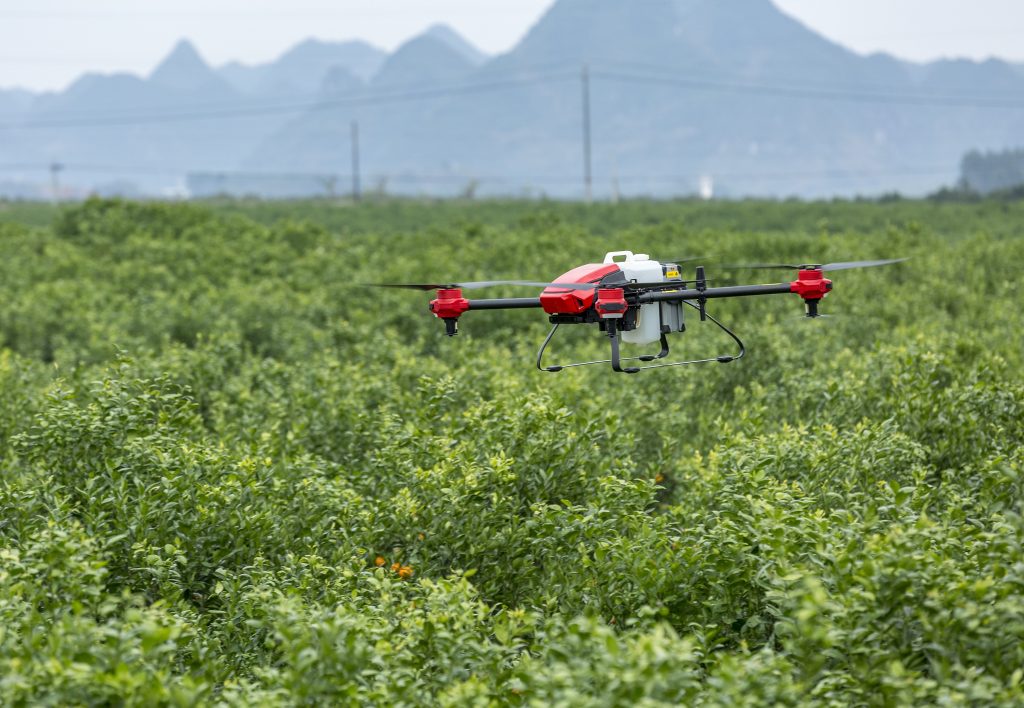Even the agricultural sector cannot escape the hype of drone technology. The European drone outlook research report points out that by 2035, European farms will use 150 million agricultural drones to undertake tasks such as soil and field analysis, crop monitoring, and spraying.
The pressure on the agricultural sector to feed a growing population is increasing, leading to a 25% increase in agricultural productivity levels to meet demand. Unfortunately, traditional farming techniques alone cannot solve this production problem.
In response, farmers are increasingly adopting automation technology to enhance their operations – whether it’s weeding robots, harvesting and harvesting robots, or automatic tractors. However, despite the success of these precision technologies, there is a key limitation – they are limited to ground operations. This is where agricultural drones can play an important role.
The use of agricultural drones for sky crop monitoring is a good way for farmers to gain effective crop insights, and the latest agricultural drones have a wide range of functions. Firstly, surveying systems enable farmers to analyze their crops and obtain valuable data to guide decision-making. In addition, UAV equipment can capture clear images of crops from the aerial view.
Crop spraying drones can not only reduce labor-intensive work, but also suppress any risks involved in workers encountering powerful chemicals. Spraying drones can also aim at areas that are inaccessible to the ground.
By using mapping systems, farmers can perform aerial spraying on crops that require water or targeted insecticide treatment. Some systems have a carrying capacity exceeding ten kilograms, including storage tanks, pumps, and spray arms. This means that they can cover 40000 square meters in ten minutes, making spraying drones more effective than traditional methods. In addition, spraying drones can help reduce water consumption and control crop quality, thereby saving time and money.
To ensure that farmers can benefit from the production of drone technology, maintenance engineers must ensure high-quality equipment. Given that the cost of drone malfunctions may be high, it is important to use high-quality components such as precision bearings.
The agricultural sector is increasingly relying on automation and robotics technology to help meet the needs of a growing population. For farmers, it is crucial to plan ahead by investing in appropriate equipment to ensure that productivity levels are not overly tight. Meanwhile, agricultural drone manufacturers need to collaborate with the best component suppliers to ensure customer satisfaction and extend the lifespan of drones.







Please sign in to comment
register